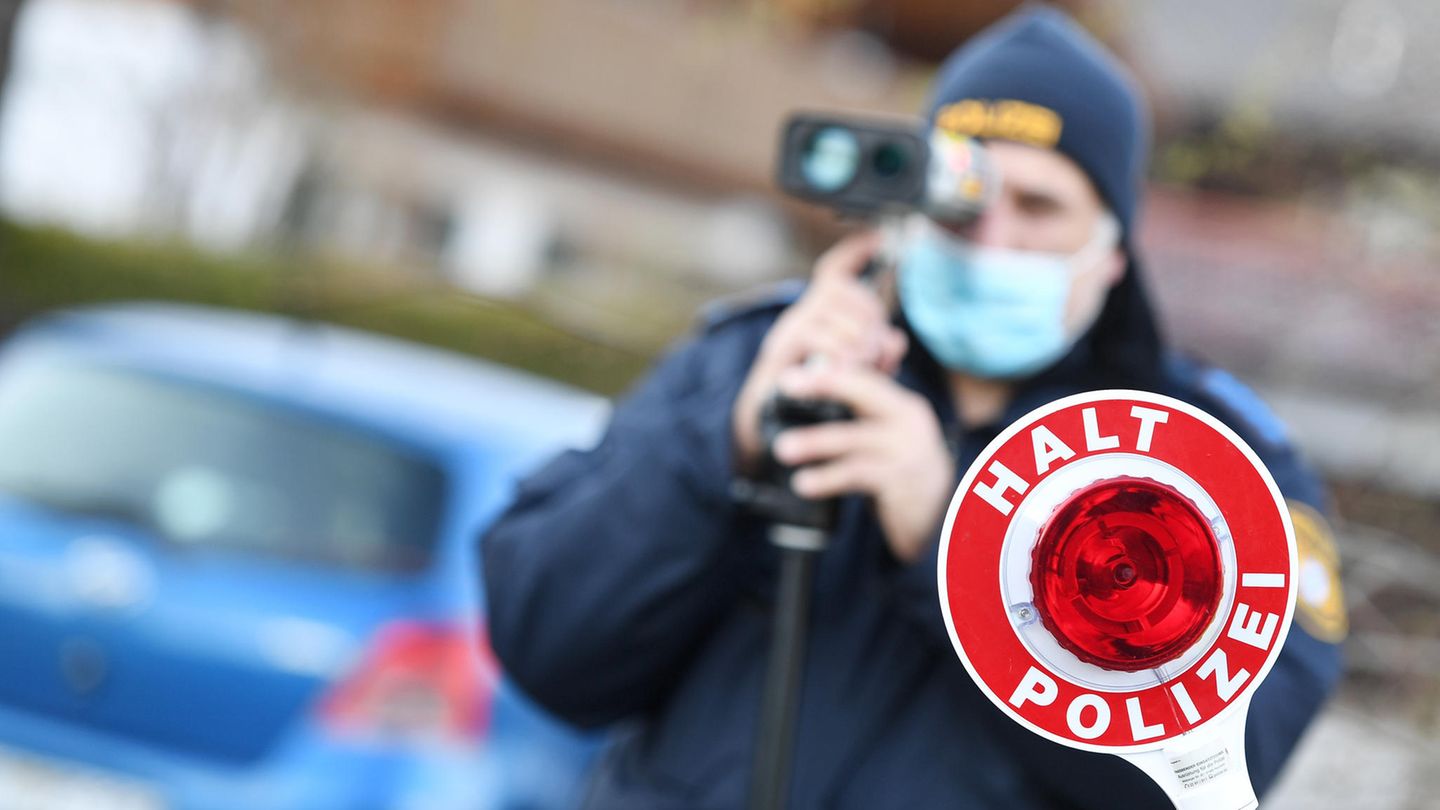I’m a recent graduate of the University of Missouri with a degree in journalism. I started working as a news reporter for 24 Hours World about two years ago, and I’ve been writing articles ever since. My main focus is automotive news, but I’ve also written about politics, lifestyle, and entertainment.
Menu
Speed cameras: The greatest danger is in these cities
Categories
Most Read
Stellantis announced a historic investment of US$13 billion to expand its production and employment in the US
October 15, 2025
No Comments
You can ignore this rare traffic sign
October 15, 2025
No Comments
New call to import electric and hybrid cars without tariff: when does the deadline expire?
October 14, 2025
No Comments
The Government exempted cars manufactured in the US from the pedestrian protection test
October 14, 2025
No Comments
New RAM era: Stellantis began manufacturing the Dakota at Polo Córdoba
October 13, 2025
No Comments
Latest Posts

The blue dollar overheated, surpassed $1,450 and the gap reached the highest level of the month
October 15, 2025
No Comments
October 15, 2025 – 16:41 Get to know the blue dollar quotes, the official one, the MEP and the CCL. Depositphotos He blue dollar rose

The use of installed capacity accumulated nine months below 60% in August
October 15, 2025
No Comments
October 15, 2025 – 16:36 The sector is unable to emerge from the crisis, despite having a slight monthly improvement in its production. In annual

Why we walk while sending audios or talking on the phone, according to psychology
October 15, 2025
No Comments
October 15, 2025 – 15:30 There are phenomena such as FOMO and nomophobia that reflect the fear of being disconnected and this directly influences this
24 Hours Worlds is a comprehensive source of instant world current affairs, offering up-to-the-minute coverage of breaking news and events from around the globe. With a team of experienced journalists and experts on hand 24/7.

